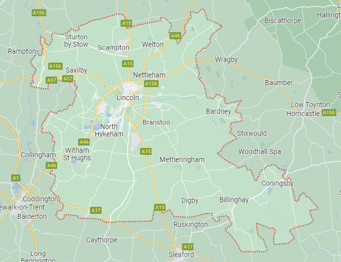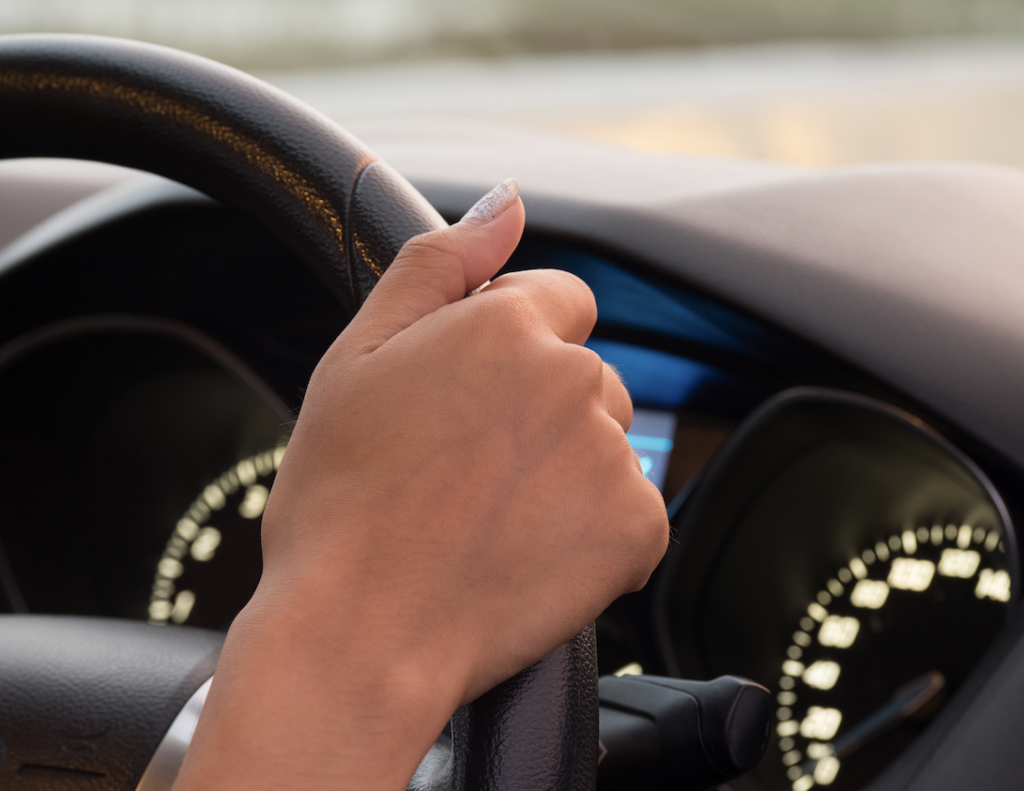Location Overview – Lincoln is a city with the Cathedral being the UK’s highest building for over 200 years, and is the main town of Lincolnshire. Lincoln lies 157 miles north of London, 55 miles southwest of Hull, 32 miles northeast of Nottingham, 47 miles north of Peterborough, 82 miles southeast of Leeds and 40 miles east southeast of Sheffield. Lincoln has the largest population in Lincolnshire, with the towns of Grimsby and Scunthorpe close behind. Lincoln boomed with the arrival of railway links during the Industrial Revolution, and several companies started to excel in engineering, locomotives, steam shovels and all manner of heavy machinery.

Driving Course Types:
We offer driver training for both private and fleet clients, including:
* Motorway training
* Confidence driving courses
* Pre-court sessions
* General advanced
* Company car and van training
* Post-RTC training
All our courses are bespoke to your needs and requirements, whether a full day, half day or multiple half days or if we are training one driver or many.
Here are the things we cover:
* Observing the road ahead
* Having an improved appreciation for speed
* Developing a positive mindset for continual improvement when driving
* Understanding what you need to do as a driver to become safer on all roads
* Looking at specific vehicle controls – including new technology and how you can make the most of it.
* Understanding the rules of the road
* How to deal with road rage – and how to manage other driver’s emotions
* Reversing and manoeuvres – ideal for vans but also useful for cars
* Being aware of the extra safety precautions when driving in urban traffic
* How to identify and deal with skids – and, more importantly, how to stop them before they start
* Eco-safe driving to save fuel (effective use of speed, gears, and planning)
Once the training has ended, a PDF report will be sent, usually 3-5 days after the course, with specific things assessed such as confidence, forward observations, attitude, speed awareness and much more. We rank a driver from Poor to Excellent in these areas at the start and after training. This report is beneficial as it’s bespoke to the driver and gives valuable tips for safer driving in the future. Each report is verified and documented with us – proof that a driver has had training with a DVSA (Driver & Vehicle Standards Agency) registered professional driver trainer.
There are many benefits of taking driver training with Drivers Domain UK:
* Bespoke training based on a driver’s specific needs
* Personal account manager
* Handpicked fleet/advanced tutors who are all registered with the Driver & Vehicle Standards Agency
* Detailed reporting for each driver – with notes from the tutor who provided the training
* National coverage
* We come to you for the training
* Full and half-day options
* A training is on-road

If you are a corporate client training several drivers, or an individual, we have many bespoke courses to increase the skill and safety of a driver.
Our courses are available for both van and car drivers.
3.5hr –The benefit of this course, it is the shortest in the range and the lowest-priced option. The disadvantage is that for some drivers, it’s too short. Ideal mainly for companies training two or more drivers.
2 x 3.5 hours – This is beneficial for customers who feel a full day would be too intense, and splitting it will help to absorb more over a more extended period. Often, a driver gets homework in this session, so they can practice what has been covered in the first session to help them with the next. Older drivers often opt for this course.
7hr full day – Although it can be hard work, a full day is cheaper than two half days. It’s suitable for those who are time-poor. Talk with us if you are unsure. With business clients, we can split a full day so one driver is trained AM and then one is trained PM.
We offer longer courses for those with specific issues and offer 3, 4 and 5 x 3.5hr options. These are often taken over several weeks and are great if you have more deep-rooted issues or have not driven for a long while.
Happy to help:
Please call us for more information. The team member you talk to manages your enquiry right through to training. This includes private individuals and also business customers.
If you’re looking for a quote for a large number of drivers, we will be happy to provide one, along with how we can best arrange the training based on your organisation’s specific requirements.
Road Safety Risks and Information – Lincoln
The city of Lincoln, located in the east of England in Lincolnshire, is served by several major A roads, including the A57, A46, A15, and A158. These are all heavily used routes and, unfortunately, are associated with a high number of collision sites. Of particular concern is the A46, one of the UK’s oldest and longest roads, which forms a bypass around the eastern side of Lincoln and features several accident-prone junctions.
At the intersection of the A46 with Doddington Road and Lincoln Road (B1190), numerous incidents have been recorded, likely caused by a combination of excessive speed and poor observation. This is a common risk where fast A roads intersect with slower local roads, and drivers should approach these areas with heightened caution.
Further along, at the Skellingthorpe Roundabout where the A46 meets the B1378, similar accident patterns are observed. High speeds on the A46 and insufficient awareness of merging or slower traffic from side roads are likely contributors. Accidents are also common near lay-bys along the A46, where vehicles merging back into fast-moving traffic present a frequent hazard. Maintaining a safe distance and anticipating these movements is crucial to avoid collisions.
The A57 intersects the A46 at the Carholme Roundabout—a known hotspot for collisions. The A57 itself, although largely rural, has high accident rates leading toward this junction on both approaches into the city.
Another high-risk area is where the A46 meets the A15 at the Riseholme Roundabout. This is a particularly dangerous intersection due to the convergence of two fast roads. The complexity increases at the nearby Nettleham Road Roundabout, where the A15 and A46 split again, and the volume of traffic increases during peak hours, raising the collision risk.
To the northeast, at the Wragby Roundabout, the A15 intersects with the A158, Wragby Road East (A1434), and Bunkers Hill. Several serious accidents have occurred at this junction. As these routes merge into Wragby Road and Lindum Road toward Lincoln City Centre, incidents are frequent—especially at traffic lights and pedestrian crossings—indicating that impatience and poor observations are likely factors, particularly during busy commuting periods.
From the west, the A57 (Saxilby Road) leads into Lincoln, merging into Newland and Wigford Way. Collision data shows similar patterns here, with accidents clustered around almost every junction and set of traffic lights. In the heart of the city, Mint Street and Silver Street—key routes crossing the centre—also experience a high volume of incidents, some of which have involved pedestrians and cyclists.
If you regularly drive in Lincoln and want to better understand the high-risk areas along your routes, we offer a free-of-charge advisory service. Please don’t hesitate to get in touch.
